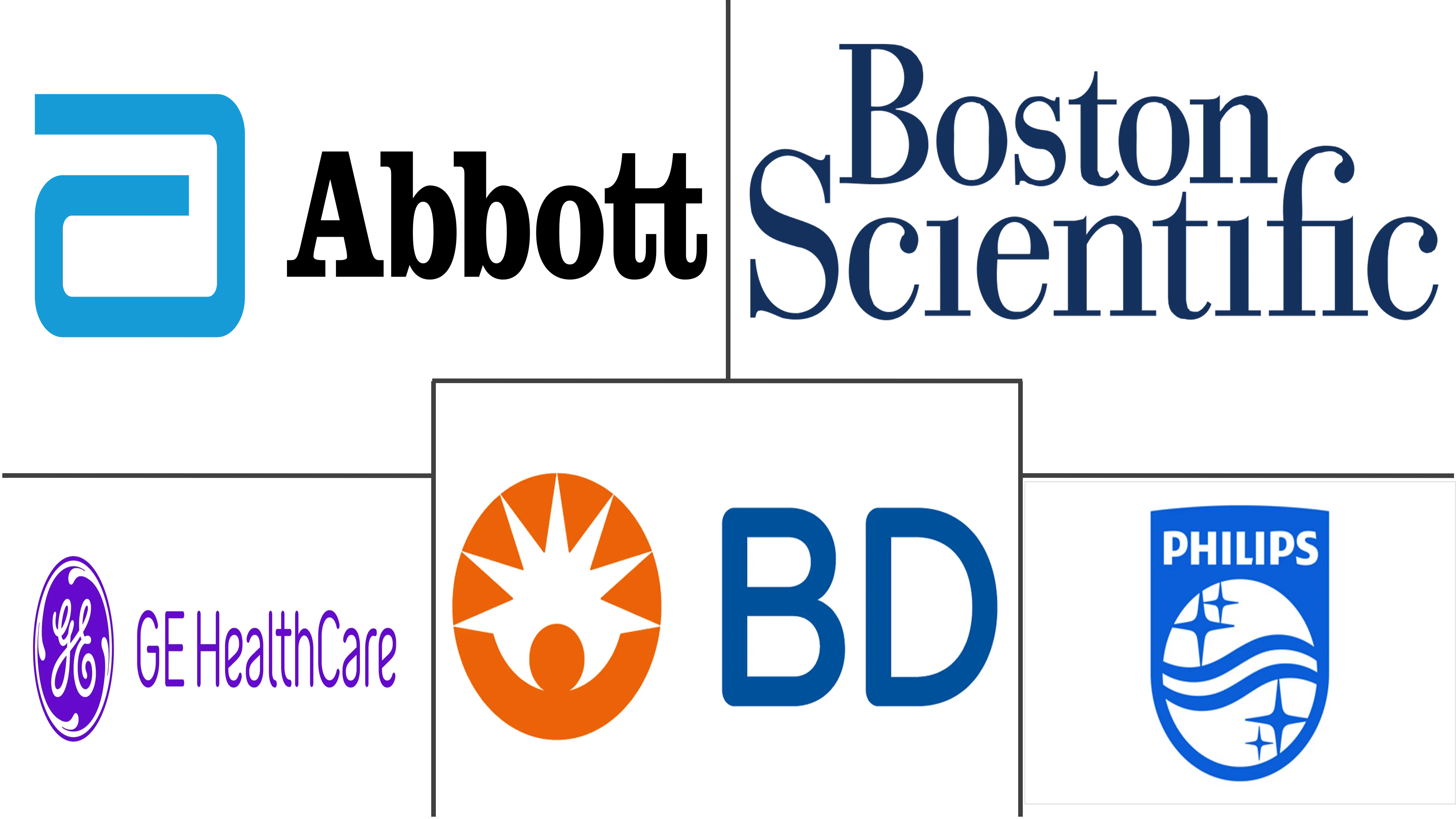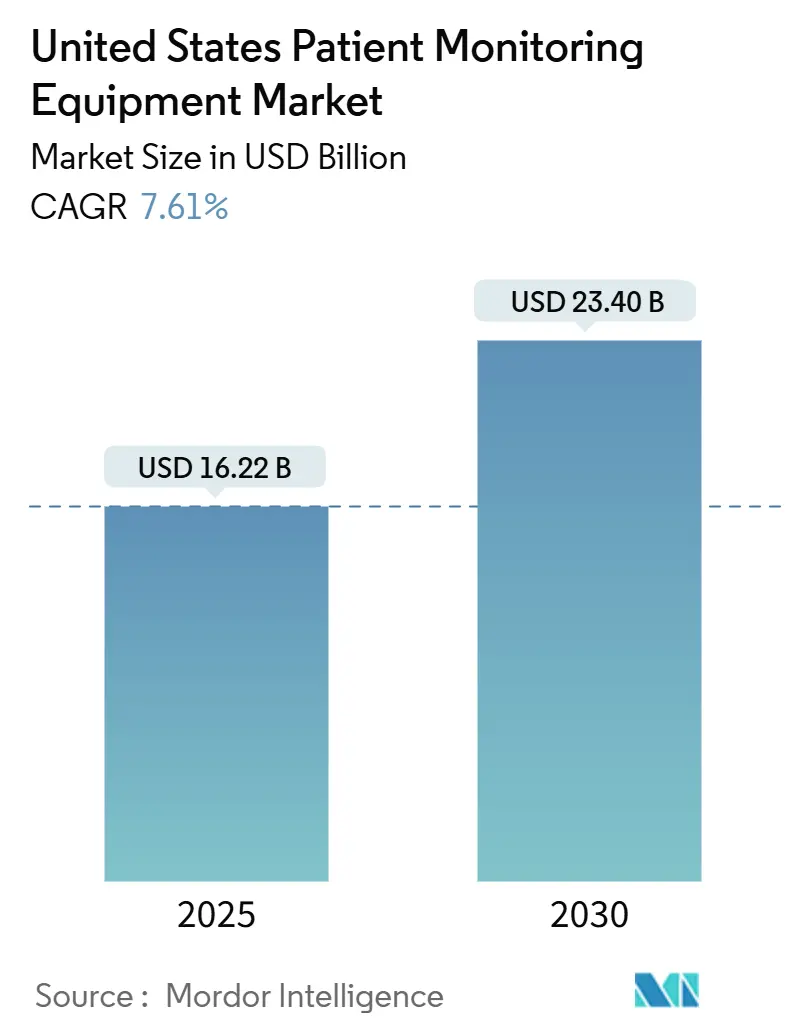
United States Patient Monitoring Equipment Market Analysis by Mordor Intelligence
The United States Patient Monitoring Equipment Market size is estimated at USD 16.22 billion in 2025, and is expected to reach USD 23.40 billion by 2030, at a CAGR of 7.61% during the forecast period (2025-2030).
The market is expected to grow in response to the rising prevalence of chronic diseases, driven by lifestyle changes and a growing preference for home and remote monitoring.
The prevalence of chronic diseases is on the rise in the United States, which is expected to create more demand for patient monitoring for the management of diseases. For instance, according to data published by the CRT Group Foundation in August 2022, the number of individuals living with hypertension is projected to increase by 27.2% to 162.5 million from 127.8 million between 2025 and 2060. Further, according to the data published by the United States Census Bureau in November 2022, more than 34 million adults were recorded to live with diabetes in the United States, and it was estimated that 88 million more individuals were at risk of developing the disease. Additionally, the adoption of remote and home-based patient monitoring has been on the rise.
Moreover, the growing burden of cancer is expected to increase the demand for patient care monitor solutions due to the long-term care required in cancer, contributing to the market growth over the forecast period. For instance, according to the data updated by the American Cancer Society 2024, 1.96 million new cancer cases are expected to occur in the United States by the end of 2023, which increase to 2 million by 2024. Thus, the high burden of cancer is expected to increase demand for patient monitoring solutions is expected to boost the market growth over the forecast period.
The market players are engaged in strategic activities such as product launches, mergers, and acquisitions, which are likely to contribute to the growth of the market over the forecast period. For instance, in January 2022, Omron Healthcare launched heart-focused remote patient monitoring. This launch would expand digital health services to consumers and monitor risks of heart disease and other ailments.
Therefore, owing to the aforementioned factors, the studied market is anticipated to witness growth over the analysis period. However, the resistance from healthcare industry professionals toward the adoption of patient monitoring systems is likely to impede market growth.
United States Patient Monitoring Equipment Market Trends and Insights
The Hemodynamic Monitoring Devices Segment is Expected to Witness Significant Growth Over the Forecast Period
Hemodynamic monitoring devices are medical devices that are used to evaluate heart functioning and blood circulation. Hemodynamic monitoring devices are expected to grow further with their increasing adoption and high prevalence of cardiovascular diseases, hypertension, and other chronic diseases.
Several studies have underlined the benefit of using hemodynamic monitoring devices and their advanced technologies for the management of diseases. For instance, a study published in the Current Opinion in Critical Care by researchers of the University of Pittsburgh in August 2021 underlined the advantage of hemodynamic monitoring for the staging, diagnosis, initial treatment, and management of cardiogenic shock patients.
Further, a study published in the Journal of Critical Care in September 2022 highlighted effective hemodynamic monitoring for the management of the new onset cardiovascular insufficiency (CVI) in patients of perioperative care. The hemodynamic monitoring included patient-specific personalized resuscitation limiting less fluid administration, reduced length of care, limited vasopressor duration, and others. The study also emphasized process-specific patient monitoring, which is based on the modification of the therapeutic interventions to offer patient-centered outcomes.
Also, a study published in the Journal of Current Heart Failure Reports by the researchers of Allegheny Health Network in February 2022 mentioned the vast potential of Wireless Hemodynamic Monitoring, which can expand patient coverage for the management of heart failure. The study stated the use of wireless hemodynamic monitoring with a pulmonary artery pressure sensor has offered high safety and efficacy in assessing the change in the intracardiac pressures, which can help predict heart failure events and can offer lead time, which is essential for optimizing the patients.
The implementation of this device has shown improved outcomes in patients with heart failure regardless of reduced or preserved ejection fraction. Such research studies highlight the efficient monitoring of the patient's heart functioning and blood circulation, along with the other benefits, including expanded monitoring coverage and personalized monitoring, which are expected to increase the demand for hemodynamic monitoring devices in the United States, which is expected to boost the segment's growth.
Therefore, the hemodynamic monitoring devices segment is expected to witness significant growth over the forecast period due to the abovementioned factors, including its usage for the management of the patient's heart function and blood flow and technological advancements.
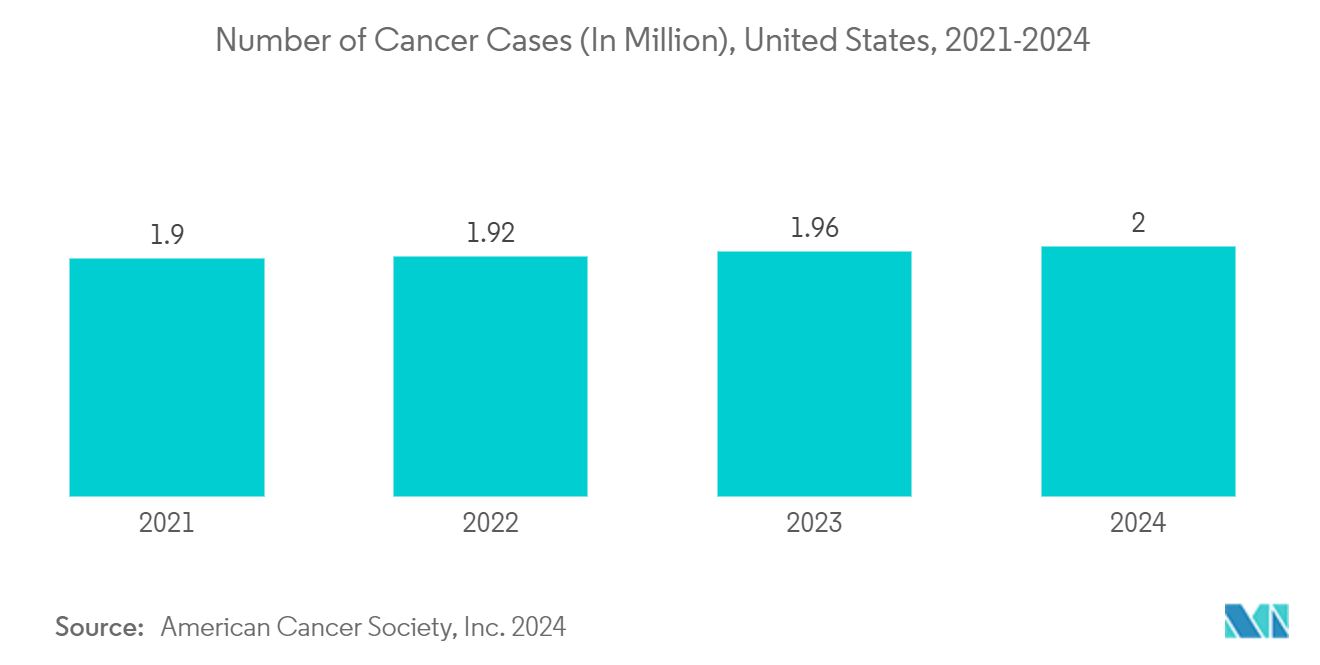
The Respiratory Segment is Expected to Witness Significant Growth Over the Forecast Period
Respiratory monitoring of the patient involves monitoring the respiratory rate, which helps diagnose medical conditions and manage diseases. The significant prevalence of respiratory disorders is expected to create increased demand for patient monitoring devices to manage and monitor patients' respiration in the United States. For instance, as per the data published by the Centers for Disease Control and Prevention (CDC) in October 2022, over 15 million people were affected by COPD in the United States.
Furthermore, a significant advancement in the respiratory monitoring segment is expected to contribute to its growth over the forecast period. For instance, in March 2023, Teva Pharmaceuticals rolled out a respiratory patient monitoring initiative in collaboration with Rimidi, a prominent clinical management platform. This program, leveraging data from Teva's Digihaler System, is now operational at California's Desert Oasis Healthcare (DOHC). Teva's Digihaler stands out as the sole innovative inhaler system, offering precise data to aid both patients and physicians in optimizing asthma care. This development marks a significant step forward in enhancing respiratory health management, highlighting the potential of integrated digital health solutions to improve patient outcomes.
Thus, with the widespread use of monitoring patients' respiration and its high efficacy, the respiratory segment is expected to witness significant growth over the forecast period.
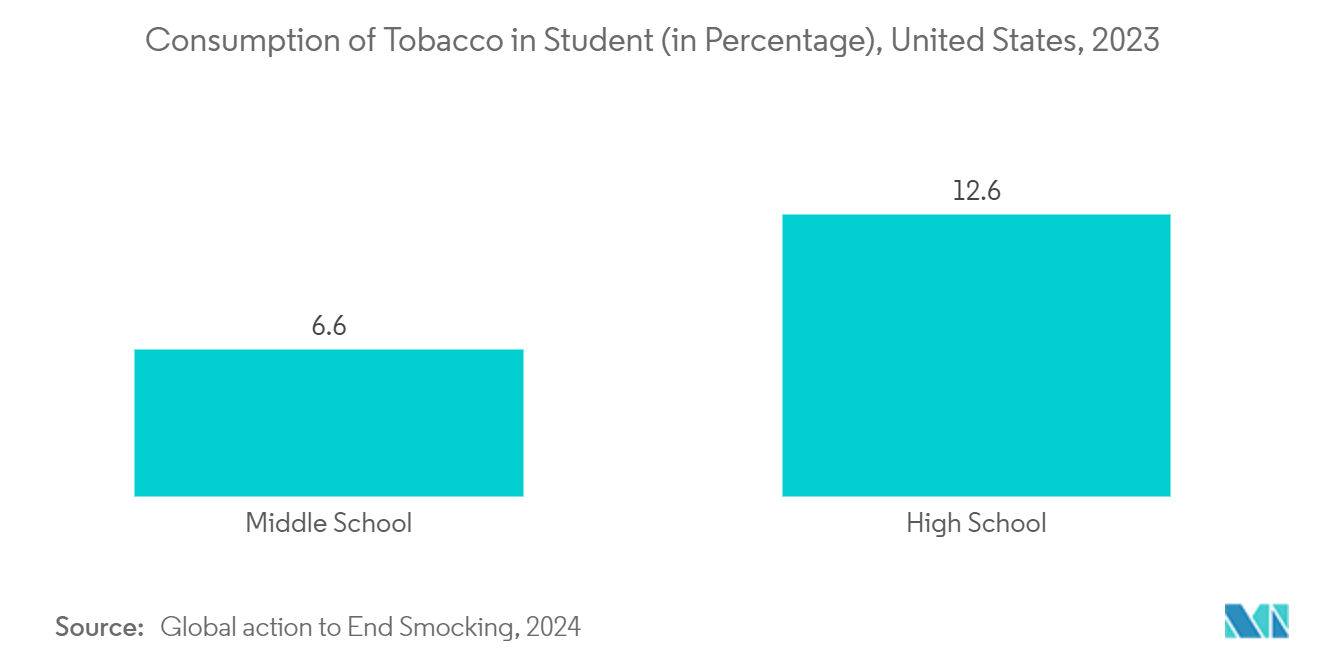
Competitive Landscape
The United States patient care monitoring equipment market is fragmented in nature due to the presence of several companies operating in the country. The key players operating in the market include Abbott Laboratories, Boston Scientific Corporation, Becton, Dickinson and Company, General Electric Company (GE Healthcare), and Koninklijke Philips NV.
United States Patient Monitoring Equipment Industry Leaders
-
Abbott Laboratories
-
Boston Scientific Corporation
-
Becton, Dickinson and Company
-
General Electric Company (GE Healthcare)
-
Koninklijke Philips NV
- *Disclaimer: Major Players sorted in no particular order
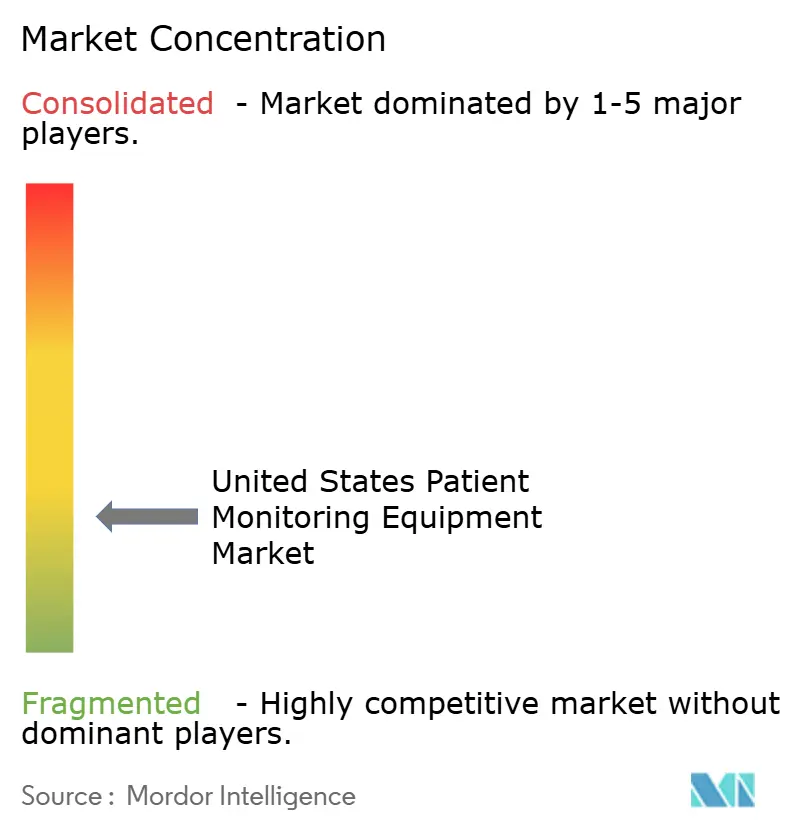
Recent Industry Developments
- January 2024: Corsano Health's CardioWatch System, an advanced real-time monitoring system, received FDA clearance. The system includes a bracelet worn by adult patients (at least 22 years old), a web-based browser, and a mobile app that can operate in either patient or healthcare professional (HCP) mode.
- April 2023: Honeywell developed a real-time health monitoring system, which captures and records patients' vital signs in both the hospital setting and remote setting. The system utilizes advanced sensing technology for the monitoring of vital signs through a skin patch, which connects the data instantaneously to healthcare providers on mobile devices and an online dashboard.
United States Patient Monitoring Equipment Market Report Scope
Patient monitoring devices are monitoring devices that continuously monitor the patient's vital parameters, like blood pressure and heart rate, by using a medical monitor and collecting medical (and other) data from individuals.
The United States patient care monitoring equipment market is segmented by type of devices, application, and end user. By type of devices, the market is segmented as hemodynamic monitoring devices, neuromonitoring devices, cardiac monitoring devices, multi-parameter monitors, respiratory monitoring devices, remote patient monitoring devices, and other types of devices. By application, the market is segmented as cardiology, neurology, respiratory, fetal and neonatal, weight management and fitness monitoring, and other applications. By end-user, the market is segmented as home healthcare, hospitals and clinics, and other end-users.
The report offers the value (in USD) for the above segments.
| Hemodynamic Monitoring Devices |
| Neuromonitoring Devices |
| Cardiac Monitoring Devices |
| Multi-parameter Monitors |
| Respiratory Monitoring Devices |
| Remote Patient Monitoring Devices |
| Other Types of Devices |
| Cardiology |
| Neurology |
| Respiratory |
| Fetal and Neonatal |
| Weight Management and Fitness Monitoring |
| Other Applications |
| Home Healthcare |
| Hospitals and Clinics |
| Other End-Users |
| By Type of Device | Hemodynamic Monitoring Devices |
| Neuromonitoring Devices | |
| Cardiac Monitoring Devices | |
| Multi-parameter Monitors | |
| Respiratory Monitoring Devices | |
| Remote Patient Monitoring Devices | |
| Other Types of Devices | |
| By Application | Cardiology |
| Neurology | |
| Respiratory | |
| Fetal and Neonatal | |
| Weight Management and Fitness Monitoring | |
| Other Applications | |
| By End-Users | Home Healthcare |
| Hospitals and Clinics | |
| Other End-Users |
Key Questions Answered in the Report
How big is the United States Patient Monitoring Equipment Market?
The United States Patient Monitoring Equipment Market size is expected to reach USD 16.22 billion in 2025 and grow at a CAGR of 7.61% to reach USD 23.40 billion by 2030.
What is the current United States Patient Monitoring Equipment Market size?
In 2025, the United States Patient Monitoring Equipment Market size is expected to reach USD 16.22 billion.
Who are the key players in United States Patient Monitoring Equipment Market?
Abbott Laboratories, Boston Scientific Corporation, Becton, Dickinson and Company, General Electric Company (GE Healthcare) and Koninklijke Philips NV are the major companies operating in the United States Patient Monitoring Equipment Market.
What years does this United States Patient Monitoring Equipment Market cover, and what was the market size in 2024?
In 2024, the United States Patient Monitoring Equipment Market size was estimated at USD 14.99 billion. The report covers the United States Patient Monitoring Equipment Market historical market size for years: 2019, 2020, 2021, 2022, 2023 and 2024. The report also forecasts the United States Patient Monitoring Equipment Market size for years: 2025, 2026, 2027, 2028, 2029 and 2030.
Page last updated on:
